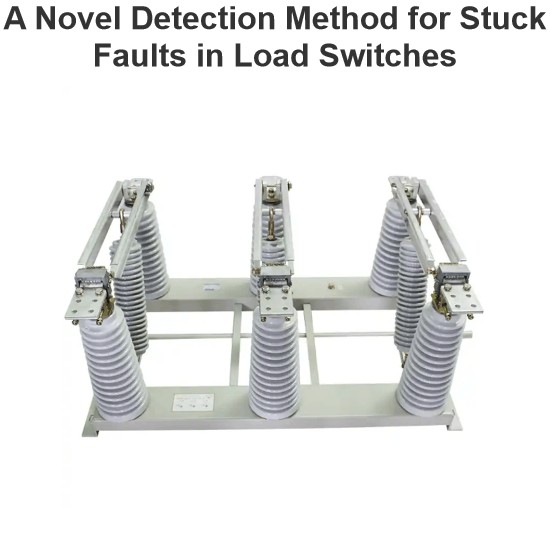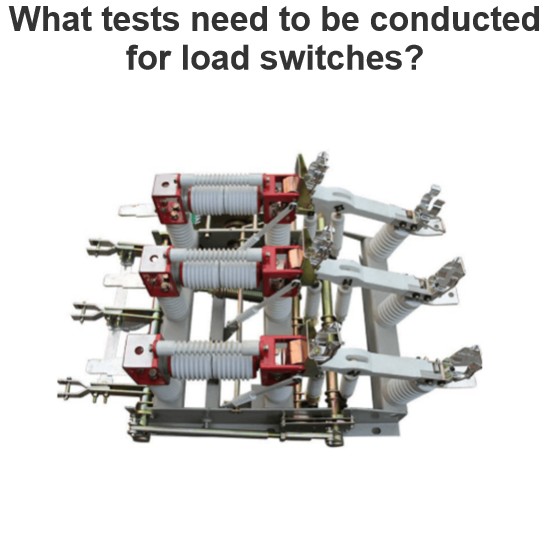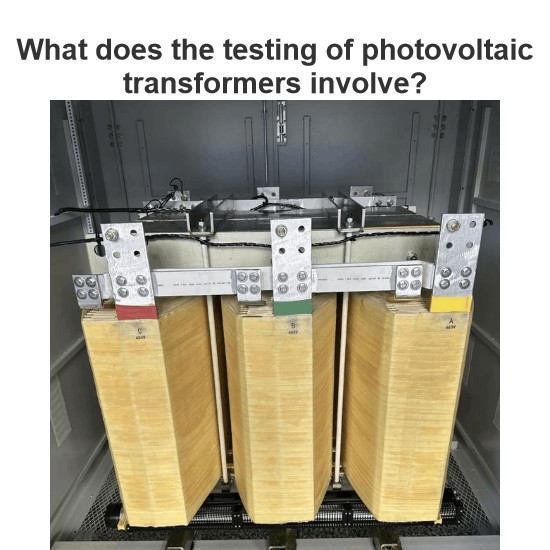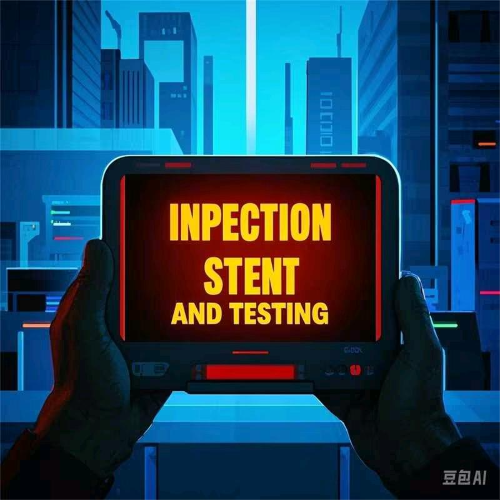As a technician with years of experience in power voltage regulator testing, I know full well that power voltage regulators, as key equipment in power systems, directly impact power supply quality and system safety. As power equipment evolves toward greater intelligence and precision, the detection technology for voltage regulators has also been continuously advancing — shifting from traditional visual inspections to modern digital testing; and from single - parameter measurement to system - level performance evaluation. Drawing on my years of hands - on experience, I will systematically explain the detection standards, methods, processes, and maintenance recommendations for power voltage regulators, offering a practical guide for power equipment managers.
1. Overview of Power Voltage Regulator Detection Standards
In my years of testing work, the detection standard system for power voltage regulators I’ve encountered is quite comprehensive, mainly covering three categories: national standards, industry standards, and international standards.
1.1 Industry Standard: JB/T 8749.1 - 2022
This stands as the core industry standard for power voltage regulator testing. In daily testing, I strictly adhere to the basic technical requirements and test methods it sets for single - phase voltage regulators. The standard classifies voltage regulators into types like contact - type, induction - type, and electronic - type, with each type having distinct testing requirements. For instance, contact - type voltage regulators demand focus on the contact stability between brushes and windings; induction - type ones require attention to magnetic field coupling and temperature - rise characteristics. These differences mean we must adjust our testing methods accordingly during the process.
1.2 National Standards
- GB/T 156 - 2017 "Standard Voltage: It defines the classification of voltage levels in power systems, providing a reference for me to determine if a voltage regulator’s voltage - regulation range is compliant. When testing a voltage regulator in a 10 kV distribution network, for example, I’ll check if its regulation range suits system requirements by comparing it against standard voltage levels.
- GB/T 1094 Series: It specifies requirements for the insulation performance, temperature - rise characteristics, etc., of transformers and voltage regulators. During testing, I use this standard to constrain key indicators such as insulation resistance, withstand voltage strength, and temperature - rise limits, ensuring equipment safety.
- GB/T 2900.95 "Electrotechnical Terminology: It standardizes voltage - regulator - related terminology. This allows me to communicate with peers and manufacturers using a unified technical language, avoiding misunderstandings caused by terminology differences that could affect test conclusions.
1.3 International Standards
Internationally, the IEC 60076 Series relates to voltage regulator insulation and temperature - rise testing; the IEEE C57 Series covers short - circuit protection and load - characteristic testing of voltage regulators. These standards are crucial for the international mutual recognition and quality control of voltage regulators. When testing exported equipment, for example, it must meet both domestic and international standards. I also pay attention to differences between these standards to help enterprises adapt their products.
In general, power voltage regulator detection standards revolve around four categories: electrical performance, mechanical performance, environmental adaptability, and functional safety. They cover tests for insulation resistance, withstand voltage strength, output accuracy, mechanical life, temperature rise, protection level, short - circuit/overload protection, etc. During testing, I strictly follow these standards to ensure the reliable operation of equipment.
2. Routine Detection Items and Methods for Power Voltage Regulators
Based on years of practice, I group routine power voltage regulator detection into three categories: electrical performance, mechanical performance, and environmental adaptability. Each type of detection directly impacts equipment quality and safety. Here’s a detailed breakdown:
2.1 Electrical Performance Detection (Core Basic Aspect)
Electrical performance is directly tied to a voltage regulator’s output quality and safety, making it a key focus of my testing. Specific items and practical steps include:
- Insulation Resistance Testing:Per JB/T 8749.1 - 2022, a single - phase voltage regulator’s insulation resistance should be ≥ 100 MΩ. In practice, I first cut off the power, ensure the test environment is 20–25 °C with humidity ≤ 80%, and use a megohmmeter to measure insulation resistance between live parts and the housing. For contact - type voltage regulators, I additionally measure brush - to - winding contact resistance to ensure it’s within a normal range (excessive contact resistance can cause local overheating and arcing, reducing equipment life).
- Withstand Voltage Strength Testing:This tests for insulation medium breakdown risks. A single - phase voltage regulator must withstand a 3000 V/1 - minute test. I conduct this after passing the insulation resistance test. Before testing, I short - circuit non - tested windings (to prevent open - circuit damage) and closely watch for breakdowns or flashovers during voltage application. This step is critical; failure here can lead to insulation breakdowns during operation.
- Output Voltage Accuracy Testing :High - quality voltage regulators have an output accuracy of ≤ ± 1%. Using a high - precision voltmeter, I measure the actual output voltage at different set values under stable input voltage (rated value), rated load, and proper temperature/humidity. For a 220 V rated output regulator, for example, the actual output should fall between 217.8 V and 222.2 V when set to 220 V to be qualified.
- Load Regulation Rate Testing:The standard requires a single - phase voltage regulator’s load regulation rate to be ≤ ± 3%. I first set the regulator to the rated output voltage, then measure output voltage under no - load, 50% load, and 100% load conditions, calculating the maximum deviation. If no - load is 220 V, 50% load is 219 V, and 100% load is 218 V, the regulation rate is [(220 - 218)/220] × 100% ≈ 0.9%, meeting requirements. Excessive deviation indicates weak load - carrying capacity, requiring investigation of windings and contacts.
- No - load Loss Measurement:A high - quality voltage regulator’s no - load loss should be ≤ 5% of its rated capacity. During testing, I set the regulator to the rated output voltage without a load and use a power analyzer to record input power. For a 50 kVA regulator, no - load loss should be ≤ 2.5 kW. Excessive loss may stem from poor core materials or flawed winding design, increasing grid losses over time.
- Short - circuit Impedance Testing:Short - circuit impedance is key for judging winding abnormalities. I short - circuit the regulator’s secondary side, apply rated voltage to the primary side, measure current, and calculate impedance. A sudden increase in short - circuit impedance may indicate inter - turn shorts or poor contact, requiring disassembly and inspection.
- Harmonic Analysis:High - quality voltage regulators have a total harmonic distortion rate of ≤ 5%. Using a spectrum analyzer, I detect output voltage harmonic content under rated load and without strong electromagnetic interference. Excessive harmonics can disrupt downstream equipment (e.g., precision instruments, frequency converters), requiring investigation of winding design and filtering.
- Efficiency Testing:A high - quality voltage regulator should have an efficiency of ≥ 95%. I operate the regulator at rated output voltage and load, using a power analyzer to measure input and output power, then calculate efficiency (efficiency = output power/input power × 100%). Low efficiency increases operating costs and reflects design or manufacturing flaws.
2.2 Mechanical Performance Detection (Focus on Long - term Reliability)
A voltage regulator’s mechanical performance affects its long - term stable operation, so it’s a key part of my testing. Specific items include:
-
Mechanical Life Testing:Contact - type voltage regulators typically require a mechanical life of ≥ 100,000 cycles. I use specialized equipment to simulate frequent contact adjustments, recording brush wear and contact resistance changes. Excessive brush wear during testing may indicate improper material selection or pressure adjustment, requiring feedback to the manufacturer for optimization.
-
Vibration Tolerance Testing:This simulates transportation and operation vibrations to evaluate structural stability. Using a vibration test bench, I test per the IEC 60068 - 2 - 6 standard (frequency 10 Hz–500 Hz, acceleration 5 m/s², 1 - minute per frequency point, 3 cycles) and check if the equipment functions normally after vibration. Vibration - induced contact loosening or winding displacement indicates defects in structural design or fixing methods.
-
Protection Level Verification:Single - phase voltage regulators usually require a protection level of ≥ IP40. I test shell tightness by simulating dust and water spray per GB/T 4208. A substandard protection level allows dust and moisture intrusion, causing internal insulation damage and metal corrosion, shortening equipment life.
-
Noise Level Testing:High - quality voltage regulators should have a noise level of ≤ 65 dB. Using a sound level meter, I measure noise 1 meter from the equipment (ensuring no interference). Excessive noise may result from a loose iron core, winding vibration, or a faulty cooling fan, requiring investigation and resolution.
2.3 Environmental Adaptability Detection (Coping with Complex Conditions)
Voltage regulators must adapt to various environments, so environmental adaptability detection is essential. Specific items include:
-
Temperature Rise Test:The standard requires a single - phase voltage regulator’s temperature rise to be ≤ 65 °C. I operate the equipment at full load for an extended period, using thermocouples and infrared thermometers to monitor temperature changes at key points (shell, windings, radiator). Excessive temperature rise at any point may indicate insufficient heat dissipation or flawed winding design, requiring optimization.
-
Environmental Stress Screening:This involves simulating extreme conditions (high temperature, low temperature, high humidity, low air pressure) to identify potential defects. I once tested a regulator that performed normally at room temperature but showed reduced insulation performance after high - temperature (40 °C) and high - humidity (90% RH) tests. Targeted optimization of insulation materials and processes followed.
-
Material Flame Retardancy Test:High - quality voltage regulator materials must pass the UL 94 V - 0 or GB/T 5169.12 flame - retardancy test. I use a glowing wire and flame to evaluate material fire resistance. Poor flame retardancy can lead to rapid fire spread, endangering the power grid.
-
Electromagnetic Compatibility (EMC) Testing:This evaluates a regulator’s electromagnetic interference emission and immunity, covering radiated emission, conducted emission, radiated immunity, and conducted immunity. A non - compliant EMC can interfere with surrounding equipment (e.g., relay protection devices, communication equipment) or be affected by external interference, disrupting operation.
2.4 Detection Adaptability Recommendations
In actual testing, I flexibly adjust items based on the voltage regulator type and operating environment. For induction - type voltage regulators, I focus on temperature - rise characteristics and harmonic performance (due to potential harmonic generation from magnetic field coupling). For contact - type voltage regulators, I prioritize mechanical life and brush wear (as frequent contact adjustment is a key risk). Only targeted testing can accurately identify issues.
3. Environmental Stress Test Methods for Single - phase Power Voltage Regulators
Environmental stress testing is crucial for identifying potential voltage regulator defects. In my testing, I strictly perform these tests to simulate extreme environments and assess equipment reliability. Specific tests and key points include:
3.1 High - temperature Test
- Purpose: To test performance stability in high - temperature environments.
- Procedure: Place the voltage regulator in a high - low temperature test chamber, set to 40 °C ± 2 °C and 75% ± 5% humidity, and run for 24 hours. I record output voltage and current every 2 hours to ensure no significant changes. After the test, I immediately measure insulation resistance and withstand voltage strength to confirm high temperature hasn’t affected insulation performance. Once, a regulator’s insulation resistance dropped from 100 MΩ to 20 MΩ after a high - temperature test; tracing revealed insufficient insulation material temperature resistance, and the manufacturer resolved it by replacing the material.
3.2 Low - temperature Test
- Purpose: To test start - up and operation stability in low - temperature environments.
- Procedure: Set the test chamber to - 10 °C ± 2 °C and 75% ± 5% humidity, running for 24 hours. I closely observe start - up (e.g., whether contact - type regulator mechanical parts stick or adjust smoothly at low temperatures) and record voltage/current changes. Low - temperature - induced poor contact can prevent normal voltage regulation, requiring mechanical structure optimization or use of low - temperature - resistant materials.
3.3 Humidity Test
- Purpose: To test moisture - proof and insulation performance in high - humidity environments.
- Procedure: Set the humidity test chamber to 90% ± 3% humidity and 25 °C ± 2 °C, running for 48 hours. During the test, I regularly check for internal condensation and record voltage/current. Afterward, I measure insulation resistance and withstand voltage strength. High - humidity - induced insulation reduction requires enhanced sealing and use of moisture - proof insulation materials.
3.4 Vibration Test
- Purpose: To test structural and functional reliability under mechanical vibration.
- Procedure: Fix the voltage regulator on a vibration test bench and test per the IEC 60068 - 2 - 6 standard (frequency 10 Hz–500 Hz, acceleration 5 m/s², 1 - minute per frequency point, 3 cycles). I observe for abnormal noise and vibration, recording voltage/current. After testing, I check for internal loosening or damage. Vibration - induced winding displacement or contact loosening requires fixed - structure optimization.
3.5 Salt Spray Test
- Purpose: To test durability in corrosive environments.
- Procedure: Use a 5% NaCl solution in a salt spray test chamber per GB/T 2423.17, running for 48 hours. During the test, I observe shell and metal part corrosion, recording voltage/current. Afterward, I clean residues and measure insulation resistance/withstand voltage strength. Salt spray - induced metal corrosion or insulation reduction requires improved anti - corrosion processes (e.g., plating, using corrosion - resistant materials).
3.6 Additional Test Key Points
Beyond the above tests, I also focus on output voltage stability and load regulation rate:
- During high - temperature, low - temperature, and humidity tests, I use a high - precision voltmeter to record voltage regulator output voltage errors at different set values. A high - quality regulator should have an error ≤ ± 0.5% after testing.
- I synchronously test output voltage fluctuations under different loads, comparing them with pre - test data to ensure the load regulation rate doesn’t deteriorate significantly.
Environmental stress testing is key to quality control. I recommend it as a mandatory inspection for mass production. By simulating extreme conditions, potential defects can be identified early, greatly enhancing voltage regulator reliability and service life, and preventing failures due to poor environmental adaptability after deployment.
4.Conclusion
As a seasoned power voltage regulator tester, I understand that detection is a vital line of defense for grid safety. From understanding standards to hands - on implementation, and from single - item testing to system - level performance evaluation, every step demands precision. I hope sharing these detection techniques and experiences provides practical insights for peers and power equipment managers, helping everyone conduct voltage regulator testing and maintenance more scientifically and efficiently, and jointly safeguarding the stable operation of power systems.













